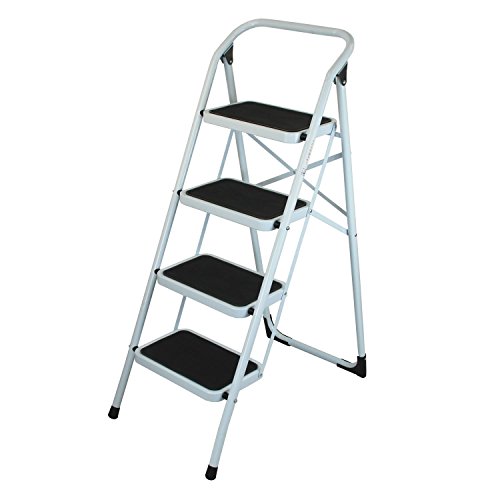Special Ladder Requirements for Commercial Use
Commercial use of ladders requires adherence to specific regulations and guidelines to ensure the safety of workers. Ladders are an essential tool in various industries, including construction, maintenance, and painting. Failure to comply with these requirements can result in accidents, injuries, and potential legal consequences. This article will outline the special ladder requirements for commercial use, highlighting key safety considerations.
Understanding OSHA Standards
The Occupational Safety and Health Administration (OSHA) is the regulatory body responsible for enforcing workplace safety standards in the United States. OSHA has specific regulations that apply to ladders used for commercial purposes. One critical requirement is that ladders should be able to support at least four times the maximum intended load. This means that if a ladder is designed to hold 250 pounds, it must be capable of supporting a load of 1000 pounds. The ladder’s weight should also be factored into this calculation.
OSHA also specifies that ladders should be used only for their intended purpose and should not be modified or altered in any way that could compromise their safety. For example, attaching makeshift ladder extensions or using ladders without proper rung locks would be considered violations of OSHA standards. It is crucial to ensure that the ladder being used is appropriate for the specific task and environment.
Types of Ladders for Commercial Use
There are several types of ladders commonly used in commercial settings. Each type has its specific requirements and limitations. Let’s explore a few of the most common ladder types and their considerations for commercial use:
Extension Ladders
Extension ladders are commonly used for tasks requiring access to higher levels. They consist of two or more sections that can slide and lock into place, allowing for height adjustment. When using extension ladders, it is essential to ensure that they are fully extended and secured before climbing. The base of the ladder should be placed on a stable surface, and appropriate safety measures, such as tying off or using a ladder stabilizer, should be taken.
Step Ladders
Step ladders are self-supporting ladders with a fixed open position. They are often referred to as A-frame ladders due to their shape. When using step ladders for commercial purposes, it is crucial to open the ladder completely and lock the spreader bars in place to prevent accidental collapse. The ladder should be placed on a level surface, and the user should maintain three points of contact at all times while climbing.
Platform Ladders
Platform ladders are similar to step ladders but feature a larger platform at the top, providing a stable work surface. They are commonly used for tasks that require extended working periods or when additional tools or equipment need to be accessed. When using platform ladders, it is essential to ensure that the platform is secure and stable. The ladder should be fully opened and the spreader bars locked.
Ladder Inspection and Maintenance
Regular inspection and maintenance of ladders are crucial to ensure their safety and longevity. Employers should have a formal ladder inspection program in place, conducting frequent inspections to identify any defects or damage that could compromise ladder stability. These inspections should include checks for loose rungs, missing feet, rust, or any other signs of wear and tear.
If any signs of damage or defects are found, the ladder should be removed from service until it is repaired or replaced. Additionally, ladder manufacturers often provide recommended maintenance practices that should be followed to prolong the ladder’s lifespan and ensure continued safety.
Training and Education
Proper training and education are crucial for employees who will be using ladders in commercial settings. Employers should provide comprehensive ladder safety training programs that cover topics such as ladder selection, inspection, setup, and safe climbing techniques. Workers should be educated on the specific ladder requirements for their particular industry or task.
Training programs should also address hazard recognition and risk assessment, ensuring that employees are aware of potential ladder-related hazards and know how to mitigate them. By equipping workers with the knowledge and skills necessary to safely operate ladders, employers can reduce the risk of accidents and injuries in the workplace.
Special ladder requirements exist for commercial use to ensure the safety and well-being of workers. Adhering to these requirements, such as those set by OSHA, is essential to prevent accidents, injuries, and potential legal consequences. Employers should be aware of the specific ladder types used in their industry and make sure employees receive proper training on ladder safety. Regular inspections and maintenance should also be conducted to identify and address any defects or damage that could compromise ladder stability. By prioritizing ladder safety, employers can create a safer work environment for their employees.






